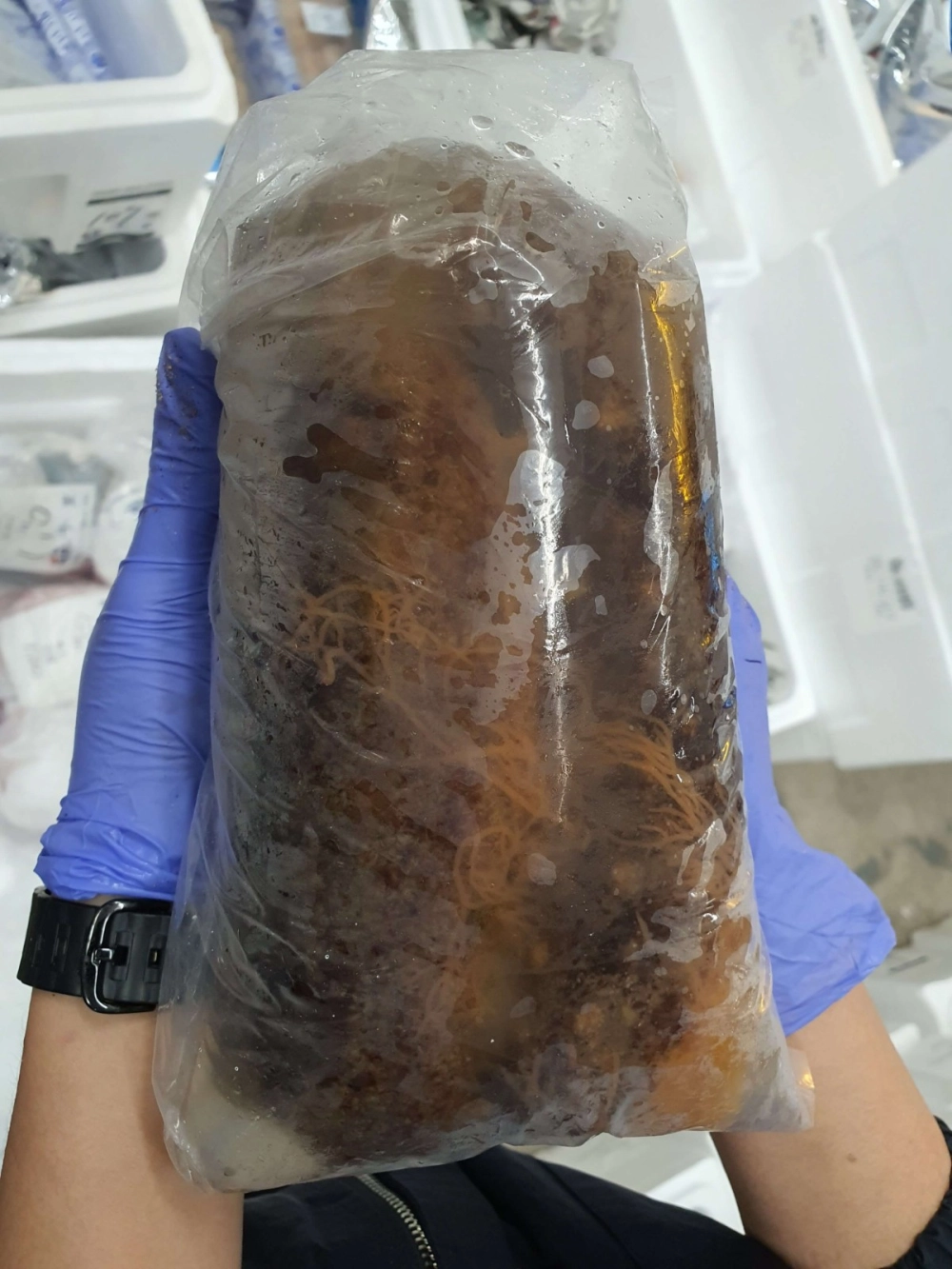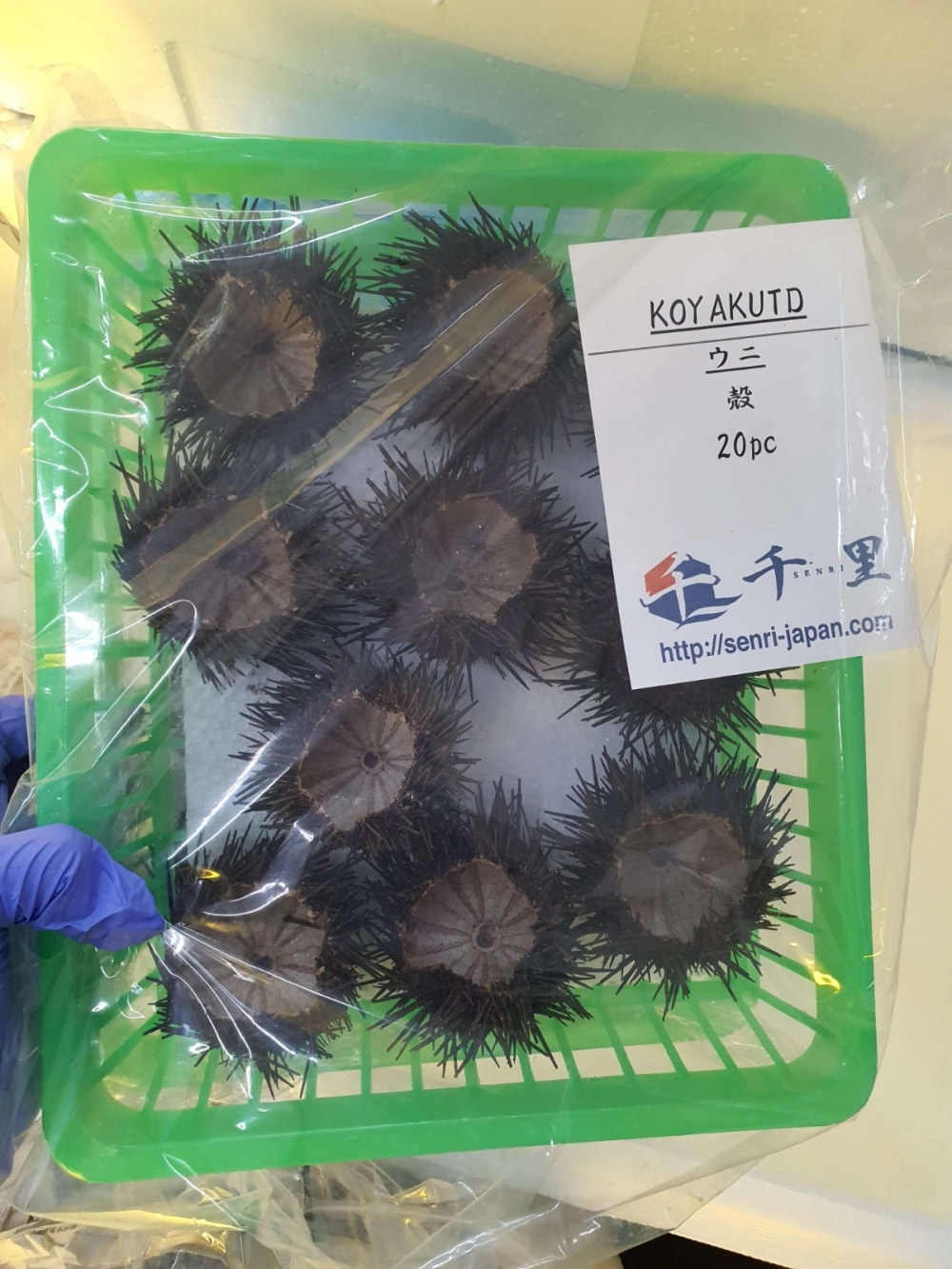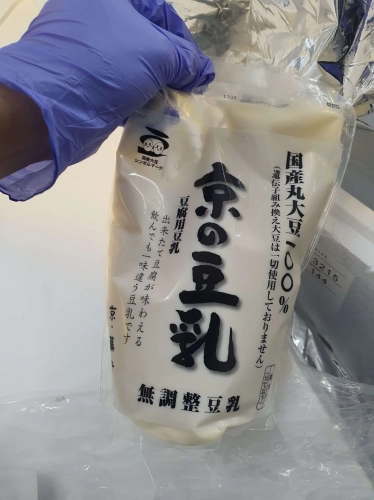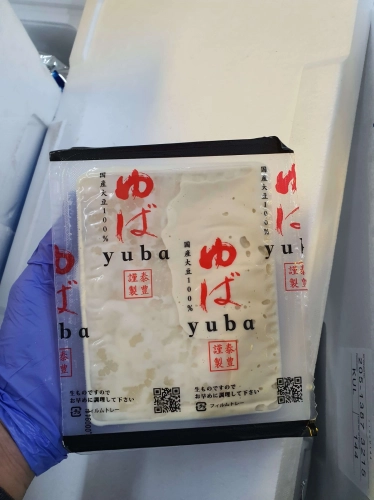Sea cucumber, or namako, has long been part of the Japanese food culture, being exported actively as early as Edo period.
Japan has the longest history of sea cucumber farming. Wild sea cucumber larva are collected then raised in controlled environment. They are released back into the ocean when they reach an appropriate size.
In Aomori, namako is an essential ingredient for the new year’s celebratory meal.
The most commonly caught species is the Japanese sea cucumber, or manamako. An echinoderm, the Japanese sea cucumber has a cylindrical body shape with protuberances called ibo-ashi. It can be found at depths of 40 meters or less (131 ft). There are three types of Japanese sea cucumber determined by their habitat; the aka-namako (red), ao-namako (blue), and kuro-namako (black).
Namako used to be called “ko,” thus fresh ones were called nama-ko (nama means fresh), dried ones were iri-ko, salted intestines “wata” became ko-no-wata (the intestines of ko), and salted dried eggs became ko-no-ko (children of ko). These are made into vinegared dishes or cooked into nimono also called iri-ko. Ko-no-wata, along with sea urchin and karasumi, are the three major Japanese delicacies.
Inquiry - sea cucumber namako red or green なまこ 赤青












